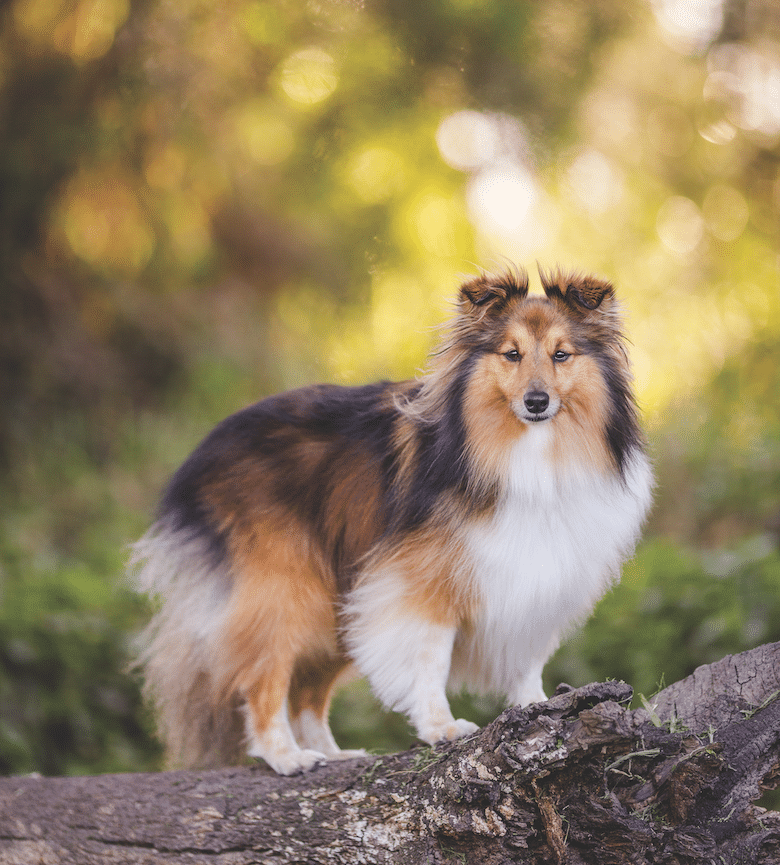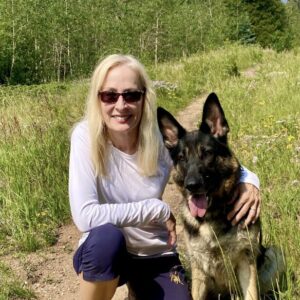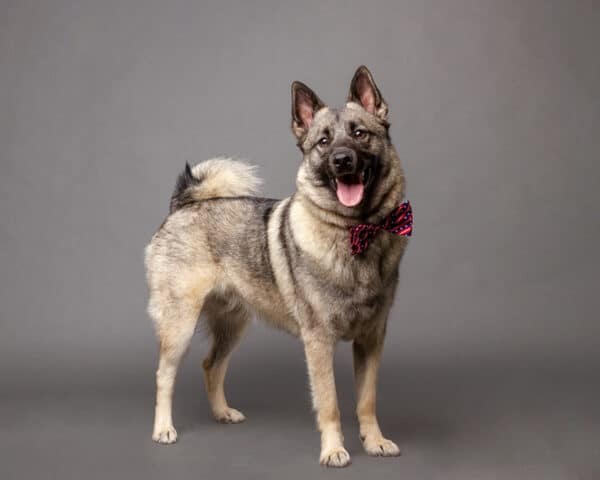Bred in the Shetland Islands, early Shetland Sheepdogs herded livestock and worked as all-around farm dogs. Today, although still proficient work dogs, most Shelties are mainly companion dogs. Far from lazy, the Sheltie excels in rally, agility, flyball, herding, obedience and canine freestyle. Yes, they’re all-stars!
Where do Shetland Sheepdogs come from?
Early Sheltie breed development, although partially clothed in mystery, likely involves the mix of Scandinavian herding dogs and Scottish working Collies. Inhabitants of the Shetland Islands needed small dogs that could work hard but not eat large amounts of food. The Sheltie’s jobs included protecting gardens from wandering livestock, watching over the homes and herding sheep. When it was time for shearing, the dogs skillfully rounded up the animals into stone enclosures. For much of the time, the dogs stayed with their sheep on distant areas of the island. Barking became advantageous: the Shelties barked to protect lamb from large birds. The Sheltie’s ready bark also made them effective watchdogs back at the homestead.
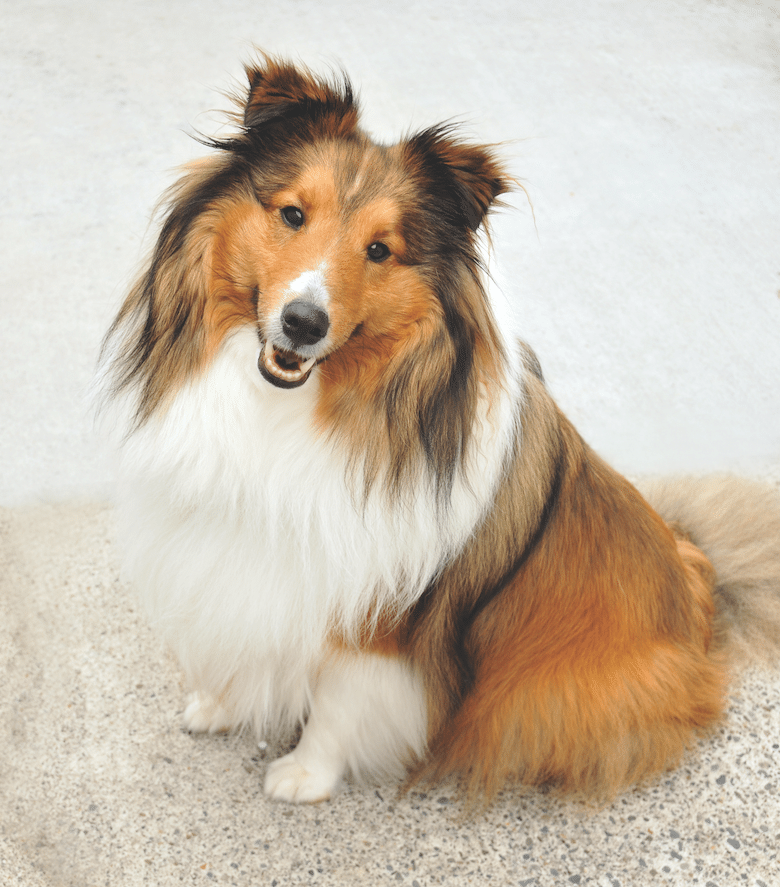
Are Shetland Sheepdogs (Shelties) smart and fast?
Eager to please and speedy learners, Shelties score high grades in training classes. The enthusiastic breed is a natural in the agility ring. Look up agility champions and you’ll see Sheltie stars on any list! As well as shining in obedience and agility, Shelties excel in herding. They work well on small ranches or farms, tending to a variety of animals such as chickens, ducks, sheep and goats.
Bred for an active lifestyle, Shelties need channels for their (seemingly boundless) energy. Although they enjoy structured sports, Shelties are also happy playing catch in the yard, navigating homemade agility apparatus or taking walks with their family. A Sheltie needs a family committed to exercising both the dog’s mind and body. He may grow bored and depressed if alone and inactive for long periods. He may also solve his own boredom dilemma with creative, self-made mischief.
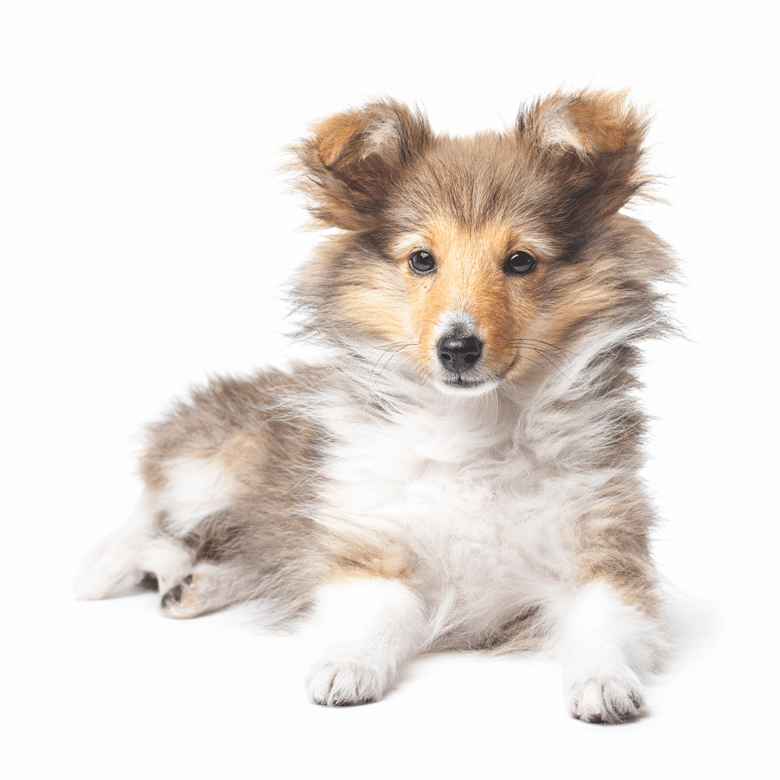
What is the Shetland Sheepdog (Sheltie) personality like?
Shelties are affectionate and tender with family. Some are especially sensitive. Most show reserve around strangers; extensive socialization mitigates the shyness. Courteous and, as a rule, amiable, the socialized Sheltie typically gets along with other dogs. At home, given his strong watchdog instincts, a Sheltie will bark first and assess the newcomer next. Shelties characteristically bark to announce the arrival of strangers, but they’ll also vocalize to show enthusiasm, encourage family involvement or to speed up handlers during playtime. This isn’t a breed for silence- loving families!
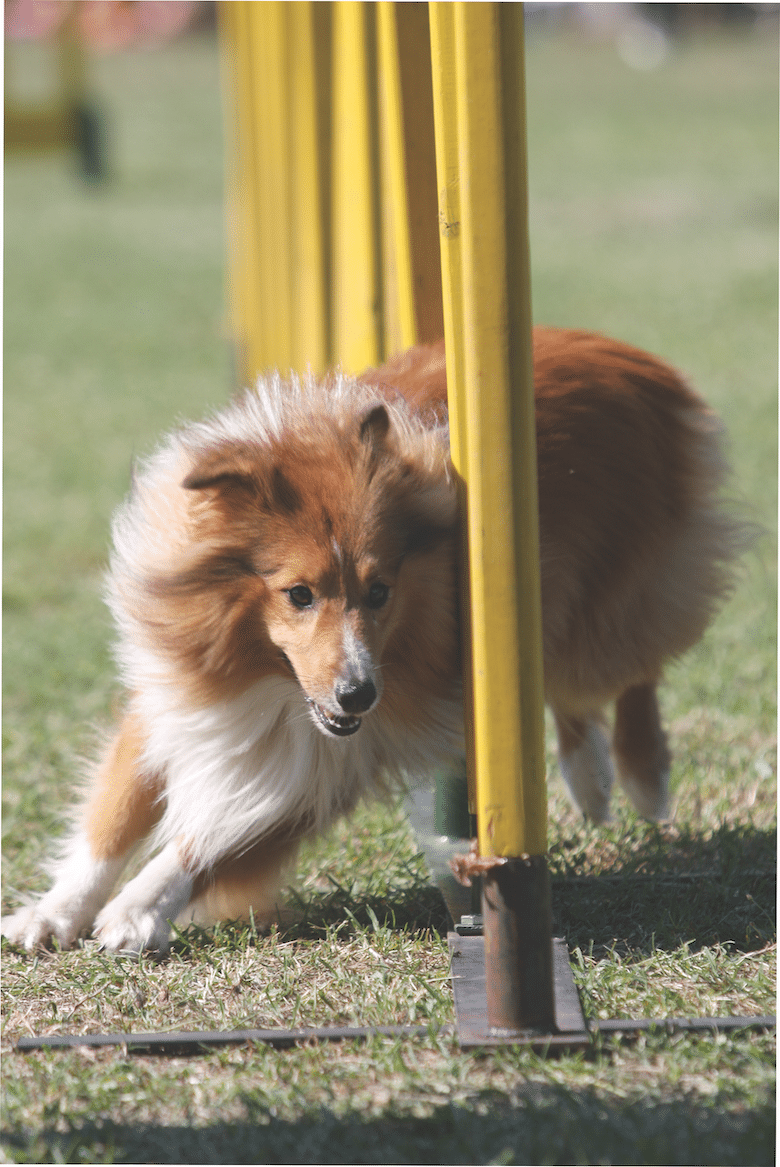
Shetland Sheepdog specs
Weight: 16 to 20 pounds
Life span: 12 to 14 years
Coat: Double-coated. The outer coat is harsh, long and straight. The short undercoat is dense and furry.
Double duty: The Sheltie’s full coat keeps him warm in the winter and cool in the summer; the coat helps keep out the heat.
Color: Sable, blue merle or black, marked with varying white and/or tan
Grooming: The Sheltie is renowned for his exquisite coat. While the coat may look high maintenance, it generally isn’t. Keep the dog mat- and tangle-free with weekly brushing and combing.
Shedding: Yes indeed. Daily, of course, and then the coat often sheds out twice a year.
Best for: Active families or singles, especially those who love dog sports and staying on the move.
Featured Image Credit: Charlotte Reeves Photography

